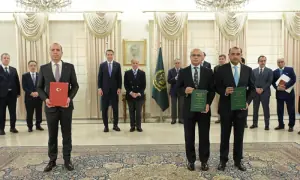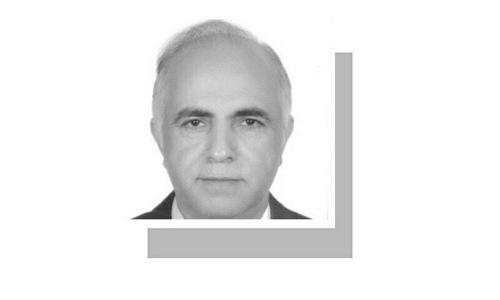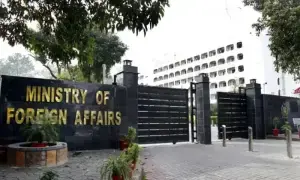ISLAMABAD: The Pakistan Space and Upper Atmosphere Research Commission (Suparco) on Tuesday announced the launch of the country’s multi-mission communication satellite PAKSAT MM1 on May 30, from XiChang Satellite Launch Centre, China.
According to information shared by Suparco, PAKSAT MM1 was conceived keeping in sight growing needs of the country in the broad spectrum of communication and connectivity.
“This satellite project is the hallmark of technological cooperation between China and Pakistan,” Suparco said in a statement.
Based on advanced communication technologies, PAKSAT MM1 will play a pivotal role in the socio-economic uplift of the country. “It will prove to be a stepping-stone in the transformation of the country into digital Pakistan,” Suparco said.
The launching ceremony would be shown live from Islamabad and Karachi establishments of Suparco.
Assets in space
In its journey towards progress and prosperity, Suparco said it was essential to recognise the invaluable role that satellite technology played in shaping the nation’s future.
While some may question the necessity of investing in satellites, it was crucial to understand the wide-ranging benefits they brought to Pakistan and its people.
It said that by investing in satellite infrastructure, the country could attract investment, create high-tech jobs, and stimulate innovation, driving overall economic development.
“While the upfront costs of satellite development may seem daunting, the long-term benefits far outweigh the investment,” it said.
It said that Badr-A was designed and developed by the commission and it was launched on July 16, 1990 aboard a Chinese long March 2E rocket.
It marked Pakistan’s first indigenously developed and operational satellite. The low earth orbit (LEO) satellite was primarily designed for scientific research and technological demonstration.
It said that Badr-B was the country’s second indigenously developed satellite, launched on December 10, 2001, aboard a Zenit-2 rocket from Baikour Cosmodrome in Kazakhstan. It carried advanced instruments for earth observation, digital communications and environmental monitoring.
According to the space agency, PAKSAT-1 was a geostationary communications satellite operated by Pakistan.
Published in Dawn, May 22nd, 2024



































